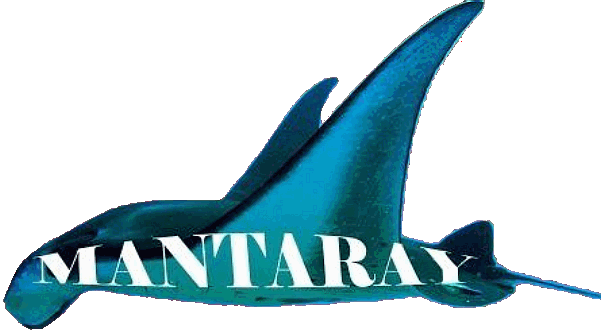|
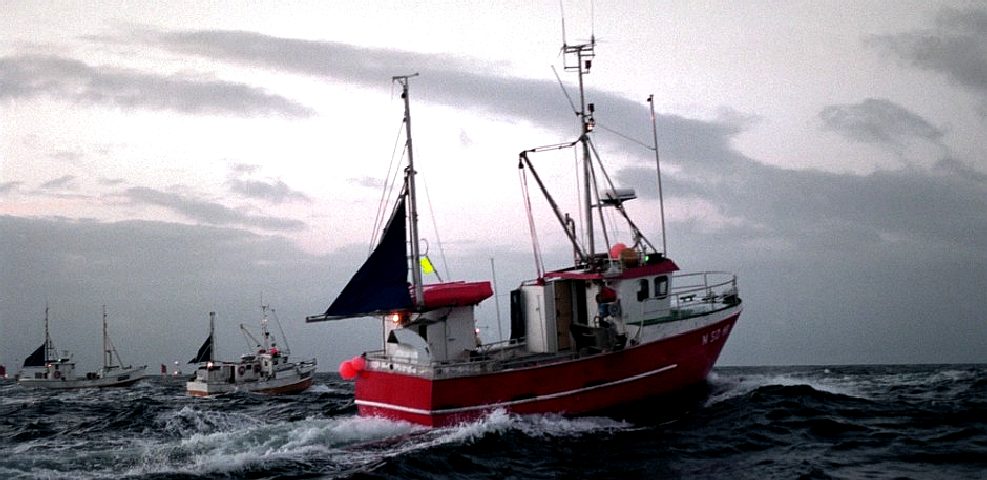
Neste generasjon fiskebåter kan komme til å gå på
batteri. (Illustrasjonsfoto: Jean Gaumy, Norges sjømatråd)
At
the moment there is no such thing as a robot fishing boat, but just
imagine that if there were such a thing, what that might mean for the
fishermen who risk their lives to keep fish
and chips on the menu: 1.
Less risk to human life. 2.
Zero pollution (reducing climate change from diesel). 3.
Accurate catches and GIS checkable quotas from live data streams. The
downside is that such boats would cost more to begin with. Another issue
is that some fishermen may not take to the technology that puts them at
the mercy of a black box. SEAVAX
CONVERSIONS WITH A FISHING MODULE The
plastic or oil spill heads of a SeaVax could be replaced by a fishing
head, such as to catch regular wild fish, krill or even troublesome jellyfish. At
the moment SeaVax is designed not to catch fish, but to collect plastic -
but if we can do that, we think we can design it to catch fish and not plastic.
Role reversal. At
the time of writing (Feb 2017) a proof of concept head does not exist, but
then again, neither does the prototype SeaVax to which it might be fitted.
We are though hopeful that with continued funding from Horizon
2020 or other research grants through into 2021 (and maybe even
contributions from well wishers) that there might be sufficient interest
to consider such adaptation. Adaptation
is after all, what we do, if it is that innovation is involved.
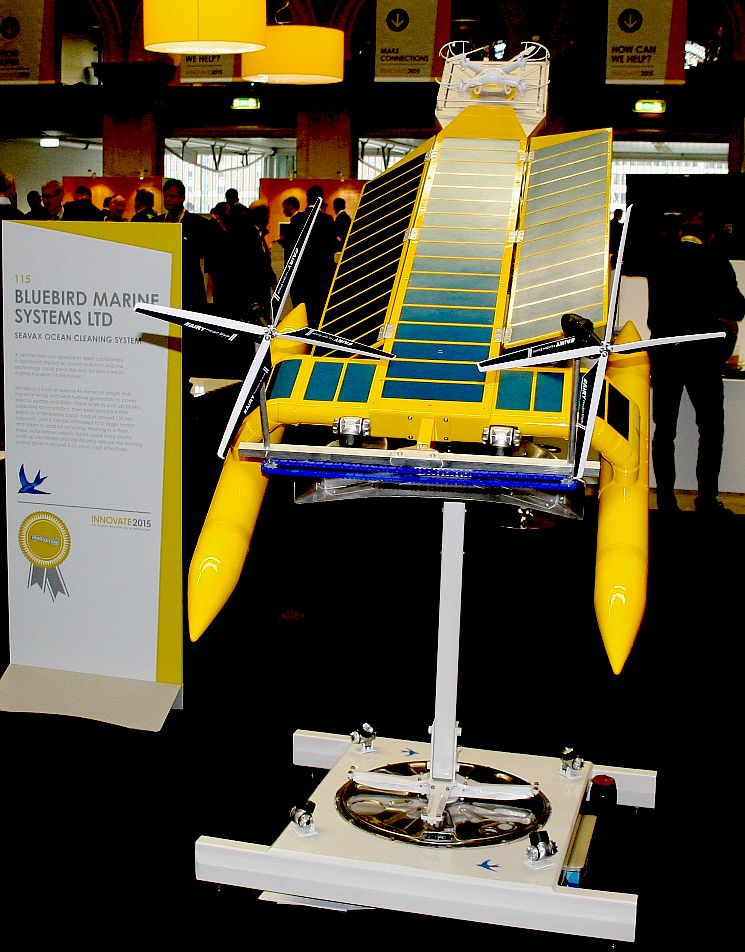
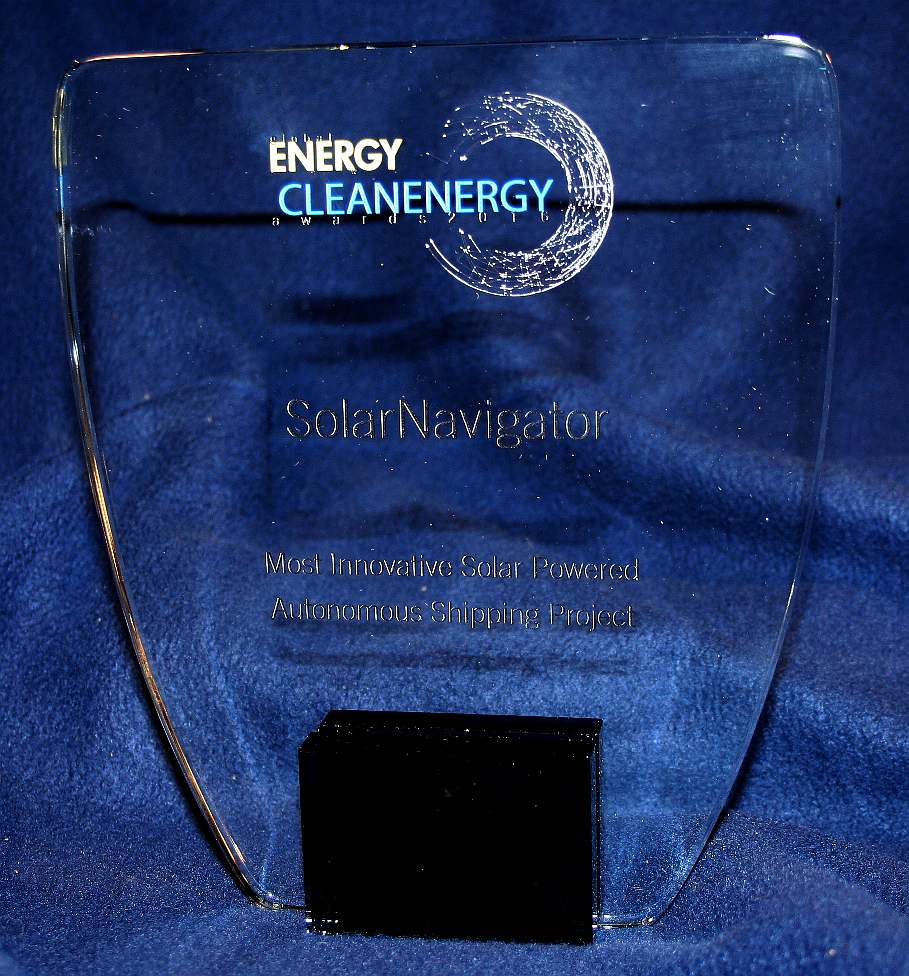
REVOLVING
SHOW STAND - [LEFT] This is a picture of our proof of concept boat on display
in November 2015 at the Innovate
2015 event. This vessel is designed to fish for plastic. AWARD
WINNING DESIGN - [RIGHT] The original concept ship that led to the SeaVax design won
this "Clean Energy" award in December 2016. The basic concept or
platform, may be put to many uses provided that a suitable harvesting module is
developed. Copyright © January 27 2017 Blueplanet Universal Holdings Ltd, all rights reserved. You
will need permission from BUHL to reproduce this picture except for educational
purposes or review.

Slik blir Elmax – elsjarken som skal presenteres i august.
(Illustrasjon: Selfa Arctic). Batteriene skal ha en levetid på 25 år – det samme som en vanlig dieselmotor. Hvis alle mindre fiskebåter i kommersiell drift legger om til ren batteridrift, reduseres det årlige CO2-utslippet i Norge med over 80 000 tonn. Hvis dieselmotorene fremdeles brukes til transporten til og fra veltet, blir reduksjonen 32 000 tonn. I tillegg får fiskerne bedre arbeidsmiljø på grunn av mindre lukt og støy.
SCIENCE
NORDIC JULY 17 2015 The world’s first electrically powered fishing boat will be presented this August in Trondheim, Norway. But more time and development is needed before it can run completely without diesel.
“We hope to pass Vestfjorden fossil-free on 23 August. We will exhibit the week before at the Aqua Nor/ Nor Fishing Trade Fair,” says Erik Ianssen.
Ianssen is the general manager of Selfa Arctic. This boat-building outfit has spent the last seven years working on a hybrid version of small fishing boat, a type known in
Norway as a sjark – in English, a small smack. Over 70 percent renewable
“These are known components which have been configured in a novel way,” he explains.
“We have built small smacks since the 1970s. Things we’ve always taken for granted need to be seen in a completely new light with an electric motor.”
“The basic demand is for the electricity to cover a day of fishing, from morning to evening. But the generator might have to be fired up if the boat needs to go further out to sea, or the weather is rough or the boat catches more fish than expected. But at least 70 percent of the expended
energy should be renewable,” says Erik Ianssen. Not yet profitable
This is easier said than done and it will be a long time before fishermen can operate fully without diesel:
“Right now it’s unprofitable because the batteries are just far too dear. We figure that within about five years they will get cheaper and more commercially viable,” says Roar Pedersen.
He heads up a department concerned with vessel technology at FHF – the Norwegian Seafood Research Fund.
32,000 tonnes CO2
The research company Sintef, headquartered in Trondheim, has analysed the energy consumption of a small smack and arrived at the battery capacity one needs to run electrically in the fishing grounds.
The batteries also need to last 25 years – as long as a normal diesel engine. If all the small commercial fishing boats were to run on batteries, Norway’s annual carbon dioxide emissions would be reduced by 80,000 tonnes. As hybrids, using diesel motors to assist in getting back and forth to fishing grounds, the reduction would be 32,000 tonnes. Another advantage is that fishermen would gain a better work environment with less fumes and noise. Coastal fleet
“The boats would be capable of generating electricity with the help of diesel motors on the way to and from the fishing grounds,” says Pedersen. As for ocean fishing, where vessels are out to sea for days on end, he doesn’t think electric power is a solution. But natural gas or biogas could be a greener alternative than diesel.
Electrical power is a real option for the coastal fishing fleet:
“We have hydroelectric power and very good conditions for expanding the use of wind power. We can produce as much green energy as we want to in this country,” points out Pedersen. The technology used by the electric fishing boats could also be used by service vessels which the aquaculture industry uses between shore and the fish farm facilities out in the fjords and coastal waters.
“We are witnessing the developments in the auto industry and big numbers of EVs that are being sold here in Norway. Sales have skyrocketed. And battery technology is developing rapidly.”
Why hasn’t there been an E-small smack before now, when electric vehicles have become so popular? Erik Ianssen at Selfa Arctic is critical of the way research funds are prioritised in Norway:
“We have had the concept. But it is very expensive. The framework conditions in Norway are a real problem, as you have to do the funding out of pocket. Soft-cost allocations flow freely for researchers sit around and scratch their heads with, but it’s pretty difficult to get hard-cost funds for real things,” he says.
“We received NOK 7 million [about $1 million] for a research project about how such a boat would handle. It’s easier to attract such funding. But getting anything to build the boat to experiment with is nearly impossible.”
Not in denial
Roar Pedersen at FHF thinks this criticism is justified:
“It’s true. It’s harder to get risk relief. FHF is prepared to give support to technology providers who develop new technology. But these are often soft costs too, and don’t go toward construction outlays,” he says.
“We can give some support if a fisherman wants to invest in something like this and feels there is a risk involved. The way it works is the fisherman is given some relief to lower risks, which makes it easier for the supplier to sell the product,” says Pedersen. 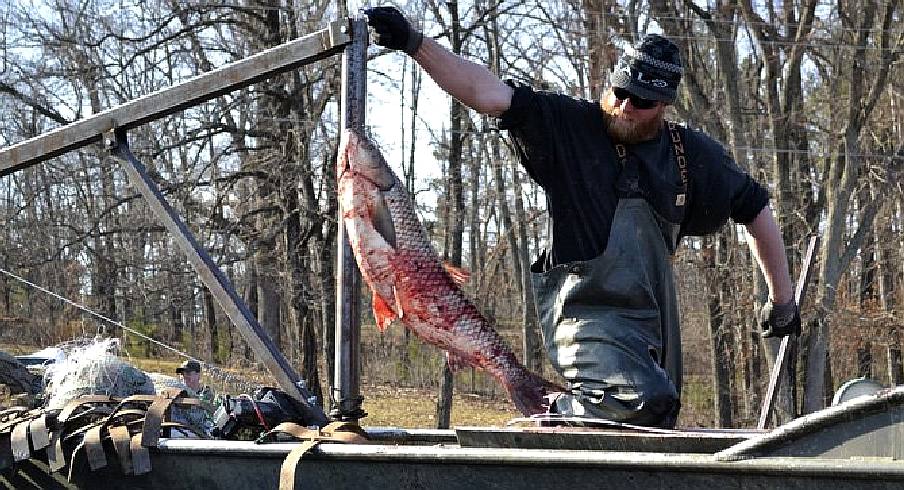
CARPING
ON AND ON
- The invasive species is very successful at pushing out the indigenous
occupiers.
THE
DALLAS CHRONICLE, MARCH 19 2013 BURNS (AP) — Robot boats are set to sail this summer on Malheur Lake.
But the high-tech tools won’t be used right away to find the non-native carp infesting the lake, as refuge managers had hoped. The summertime study will be more about field testing the boats than searching for the fish, said Peter Sorensen, a professor at the University of Minnesota.
The experimental, 6-foot-long robotic crafts that resemble toy boats are being tested in smaller lakes around Minnesota. Before they launch the craft on Malheur Lake near Burns, Ore., Sorensen said researchers are perfecting the design in the $2.2 million study funded by the National Science Foundation.
“Malheur is kind of our dream,” he said. “It’s like sending a rocket to the moon.”
At the Malheur National Wildlife Refuge, Linda Beck, a fish biologist, dreams of a solution for the million-plus carp crowding the lake. Last year she hoped the University of Minnesota robot boat project would make carp removal a reality, by providing an efficient and effective method of finding where the fish congregate in the lake.
Either landowners or the government introduced carp to the Silvies River in the 1920s in an effort to control vegetation in the river. The carp didn’t eat the targeted plants and eventually infested Malheur Lake. The Silvies River merges with the lake in high water years, about once every seven years.
Poisoning the lake has not proved a lasting solution for the carp situation, Beck said. Since 1955, refuge managers have poisoned the lake five times with rotenone, only to have the fish return.
“We are probably not going to try that again because it didn’t work,” Beck said.
The non-native fish have thrown off the balance of the Malheur Lake ecosystem. The refuge once bustled with birds, but no longer. The carp muddle along the lake bottom, searching for plants and insects to eat. As they do so, they cloud the water with mud, blocking out light from reaching aquatic plants and decreasing the amount of food once available for birds.
There are likely about 1.2 million carp in the lake, Beck has estimated, about three dozen of which are carrying radio transmitters. While refuge workers are trying to use those to determine where the fish congregate, the fieldwork is time- consuming and tedious.
That’s where the robot boats, as well as wheeled models designed to roll over frozen lakes, may eventually prove useful at the refuge. The robots would be programmed to systematically cover the lake and find the carp carrying radio transmitters. Once refuge workers know where the carp gather, they would be able to catch and remove the fish.
Building a robot boat that can find fish is proving to be a challenge.
The receiver used to track transmitter-bearing fish is designed to be used by people, and computers thus far have been unable to differentiate the tones as well as a human, said Volkan Isler, another professor at the University of Minnesota, in an email. The motors on the boats haven’t helped, causing interference that disrupts the sound quality. Researchers from Johns Hopkins University and Central State University in Ohio are also involved in the project.
The robot boats were originally going to be on Malheur Lake this spring, Beck said, but a graduate student quit the project, adding to the boat-design delay.
Beck is still excited about the possibility of robot boats someday helping clear carp from the lake, but for now she’s developing a management plan for the lake that could include other options. Those include establishing a commercial fishery for carp at the lake and working with private landowners to screen off canals in the Silvies River system to keep carp from swimming into the lake.
“We are looking for innovative ways to rid the carp without harming the other fish,” she said.
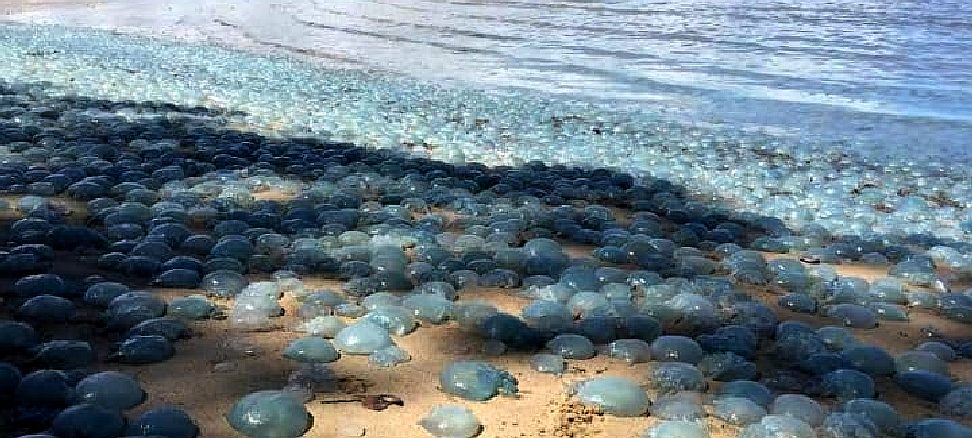
BLOOMING
HECK
- Jellyfish swarms at Deception Bay, Australia. That's a lot of organic
raw material just waiting to be put to good use.
MEDIA
LINKS & REFERENCE
http://forskning.no/profil/georg-mathisen-1
http://forskning.no/hav-og-fiske-miljo-samferdsel-marin-teknologi/2015/06/na-kommer-den-elektriske-sjarken
http://sciencenordic.com/here-comes-electric-fishing-boat
http://www.instructables.com/id/Making-an-autonomous-boat-with-a-Raspberry-Pi-a-/
http://www.thedalleschronicle.com/news/2013/mar/19/robot-boats-fight-invasive-carp/
ACIDIFICATION
- ADRIATIC
- ARCTIC
- ATLANTIC - BALTIC
- BAY BENGAL - BERING
- CARIBBEAN - CORAL - EAST
CHINA
SEA
ENGLISH CH
-
GOC - GUANABARA
- GULF
GUINEA - GULF
MEXICO
- INDIAN
-
IRC - MEDITERRANEAN -
NORTH SEA - PACIFIC
- PERSIAN GULF - SEA
JAPAN
STH
CHINA - PLASTIC
- PLANKTON - PLASTIC
OCEANS - SEA
LEVEL RISE - UNCLOS
- UNEP
WOC
- WWF
AMAZON
- BURIGANGA - CITARUM - CONGO - CUYAHOGA
-
GANGES - IRTYSH
- JORDAN - LENA -
MANTANZA-RIACHUELO
MARILAO
- MEKONG - MISSISSIPPI - NIGER - NILE - PARANA - PASIG - SARNO - THAMES
- YANGTZE - YAMUNA - YELLOW
Youtube
|






